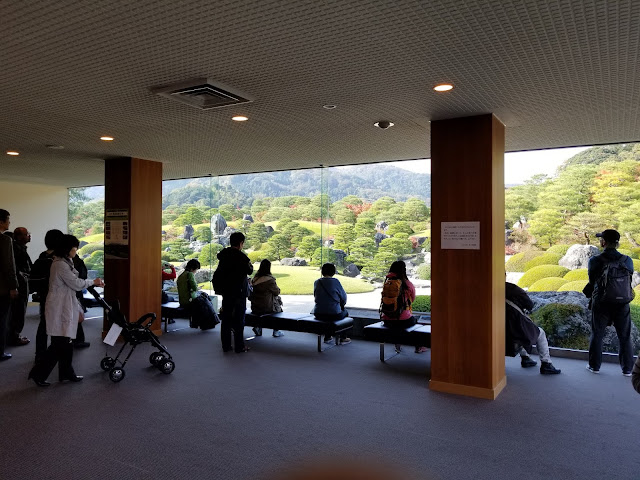Ahn Chang-ho (안창호; 9 Nov 1878 – 10 Mar 1938), commonly known by his pen name Dosan (도산), was a prominent Korean independence activist and politician. Many consider Ahn Chang-ho to be one of the key moral and philosophical leaders of Korea during the 20th century. In the turmoil immediately before and during the Japanese occupation of Korea, he called for the moral and spiritual renewal of the Korean people through education as one of the important components in their struggle for independence and building a democratic society. Ahn also included economic and military components in his independence movement strategies. [1]
In Seoul, he is commemorated at a memorial hall in a park named after him, where he is interred with his wife. What is not so well known is his family's ties and connections to the United States. Please continue reading the rest of the article to find out more about my visit to his memorial hall and park on 26 Jan 2023, and to find out more about the Ahn family ties to the United States.







